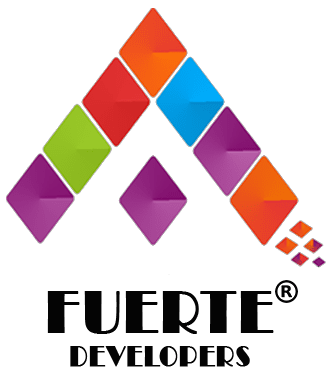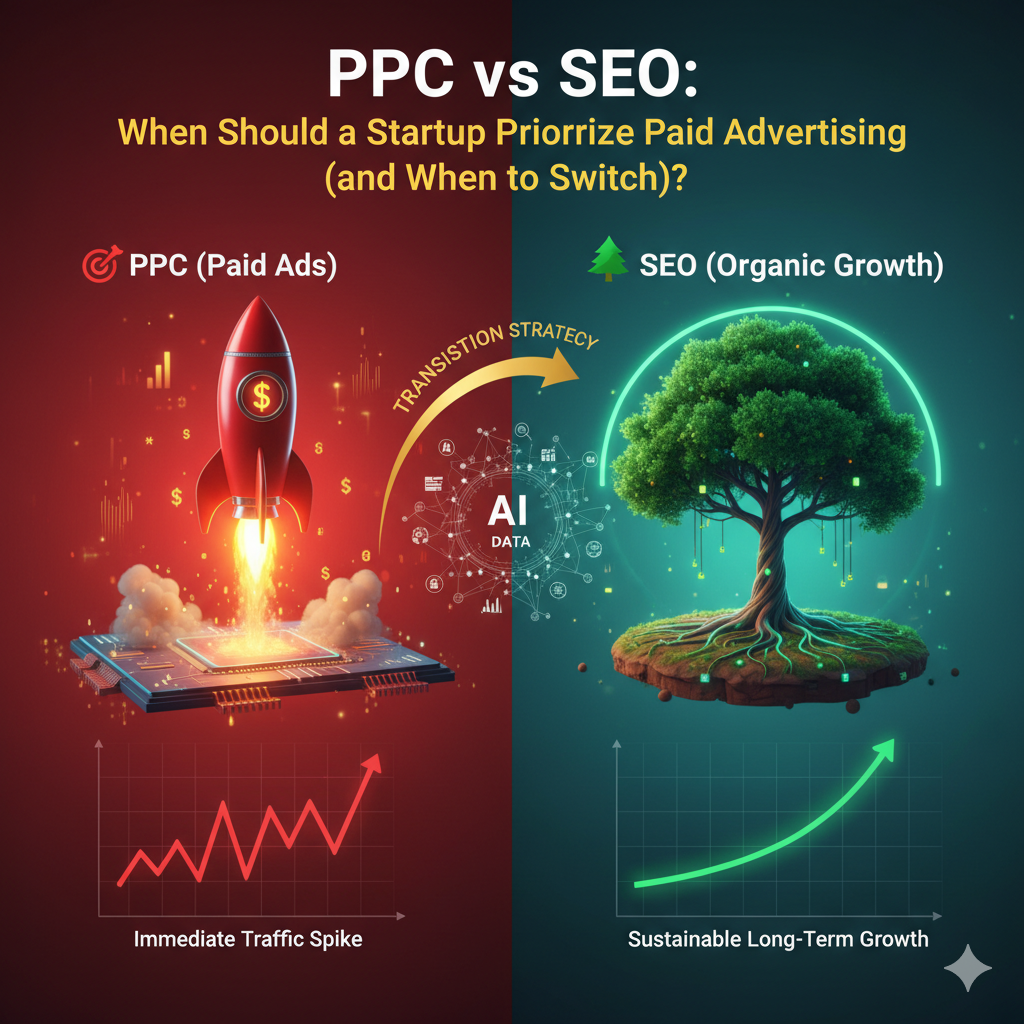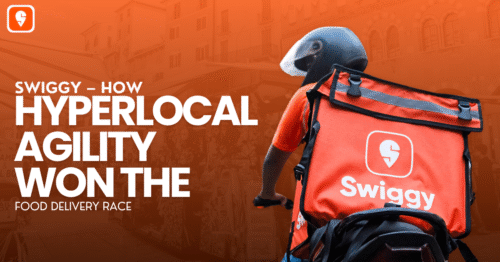Every startup faces the same resource crunch: limited runway, high expectations, and an urgent need for customers. When it comes to digital marketing, this often translates into the immediate, high-octane traffic of PPC (Pay-Per-Click) versus the slow, compounding authority of SEO (Search Engine Optimization).
It’s not a question of which one is better—it’s a question of which one is right for your current stage, and now, which one is best optimized for Artificial Intelligence.
This guide provides a definitive framework for prioritizing your budget to maximize customer acquisition and long-term valuation in the new AI-driven search landscape.
The Digital Marketing Dilemma: Speed vs. Sustainability
Both PPC and SEO aim to put your website in front of customers searching on platforms like Google, but they do so with fundamentally different mechanics:
| Feature | 🎯 PPC (Paid Advertising) | 🌲 SEO (Organic Search) |
| Speed to Results | Immediate (Hours/Days) | Slow (3–6+ Months) |
| Cost Model | Direct (Cost Per Click/CPC); Rented Traffic | Indirect (Labor, Content, Tools); Free Per Click |
| Control | High (Full control over budget, ad copy, targeting) | Low (Dependent on changing search algorithms) |
| Credibility | Lower (Results are clearly marked as ‘Sponsored’) | High (Organic ranking implies trust and authority) |
| Sustainability | Low (Traffic stops when budget stops) | High (Traffic is a compounding, lasting asset) |
The core difference? PPC rents traffic for immediate cash flow; SEO builds traffic equity for long-term valuation.
💡 The AI Factor: The Convergence of Paid and Organic
The introduction of AI Overviews (or similar features in other search engines) is blurring the line between SEO and PPC, creating new challenges and massive new opportunities for startups. This shift requires a concept called Generative Engine Optimization (GEO).
How AI Changes the Game
| Area | The Old Playbook (Pre-AI) | The New Strategy (AI-Optimized) |
| SEO Focus | Rank #1 to get the click. | Be the Cited Source in an AI Overview (Zero-Click). |
| PPC Focus | Bid on a keyword to win an ad spot. | Feed the AI with high-quality assets for Smart Campaigns (PMax). |
| Keyword Strategy | Use keywords for ranking articles. | Optimize for conversational queries and specific answers. |
The biggest takeaway: SEO is now the game of building authority to be cited, and PPC is the game of giving AI enough data to convert.
Phase 1: 🚀 Prioritize PPC (The Cash Flow & AI Data Stage)
In the early days, you need to validate your assumptions and generate revenue. This is when PPC must take priority, and its role is now twofold: getting sales and gathering intelligence.
When Your Priority Should Be PPC:
1. Instant Validation and Cash Flow
- The Action: Allocate the majority of your budget to transactional, bottom-of-funnel ads.
- The AI Edge: Leverage AI-powered campaign types (like Google’s Performance Max) that use your assets to find conversion opportunities across the entire web, including new ad placements within AI Overviews.
2. Rapid Market and Keyword Testing
- The Action: Run A/B tests on ad copy and landing pages.
- The AI Edge: The data from high-converting PPC campaigns (the keywords, demographics, and messaging that actually sold) is the most valuable intelligence you can use to inform your SEO/GEO content strategy. You’re using paid spend as a research tool.
3. Overcoming the Zero-Click Hurdle
- The Action: Target highly transactional keywords where users are less likely to be satisfied with an informational AI summary.
- The AI Edge: While AI Overviews dominate informational searches, paid ads can still secure prime, guaranteed placement for commercial searches.
Startup Budget Split (Phase 1): $\approx 70\%$ PPC / $30\%$ SEO (Focusing $30\%$ on setting up technical SEO and developing content structure for GEO).
Phase 2: ⚖️ Balance & Blend (The Generative Engine Optimization Stage)
Once you have cash flow and PMF, you use the money from PPC to build the sustainable asset of SEO, making sure your content is designed to be consumed by both humans and AI models.
How to Execute the Blend (The AI-Driven Feedback Loop):
- PPC Data Informs SEO/GEO: Use the exact conversational queries and high-converting keywords found in your PPC reports to write highly structured SEO content.
- Optimize for the Answer: Structure your content using clear headings, bulleted lists, and FAQ sections (Schema Markup) to maximize your chances of being chosen as the cited source in an AI Overview. This is how you win in a “Zero-Click” world: you gain massive brand visibility even if the user doesn’t click through.
- Content-to-Ad Synergy: Once an SEO page starts ranking, use a small remarketing budget (PPC) to show ads specifically to people who read that article, guiding them from the “information stage” to the “purchase stage.”
Phase 3: 🌲 Prioritize SEO (The Authority & Citation Stage)
At maturity, the goal is to shift traffic from a continuous rental expense (PPC) to a compounding asset (SEO).
When Your Priority Should Be SEO:
1. Long-Term CAC Reduction
- The Action: Double down on creating E-E-A-T (Experience, Expertise, Authoritativeness, and Trustworthiness) content.
- The AI Edge: AI models prioritize and cite sources that are considered highly authoritative. By proving your expertise, you become a trusted data source for the generative engines, leading to consistent, long-term brand citations and “free” organic traffic.
2. Conversational Search Dominance
- The Action: Focus on long-tail, question-based content that mimics how users speak to voice assistants and AI chats.
- The AI Edge: This content is perfectly tailored for the conversational search experience, capturing high-intent users who are asking very specific questions.
The Final Verdict for the Startup Priority
The most successful startups don’t just choose between PPC and SEO; they strategically transition from a PPC-led strategy focused on speed and data acquisition to an SEO-led strategy focused on authority and sustainability, all while leveraging AI tools to make every dollar and every content piece work harder.
Your priority is to get the machine running with paid ads, then make it efficient and sustainable by building a high-authority content engine optimized for the future of AI search.






